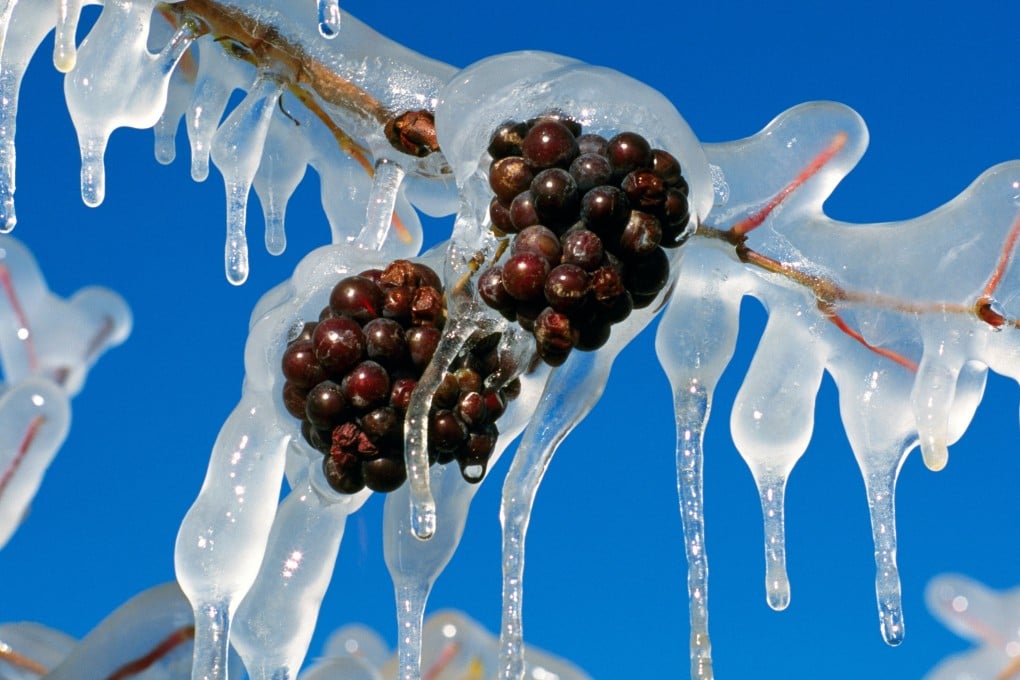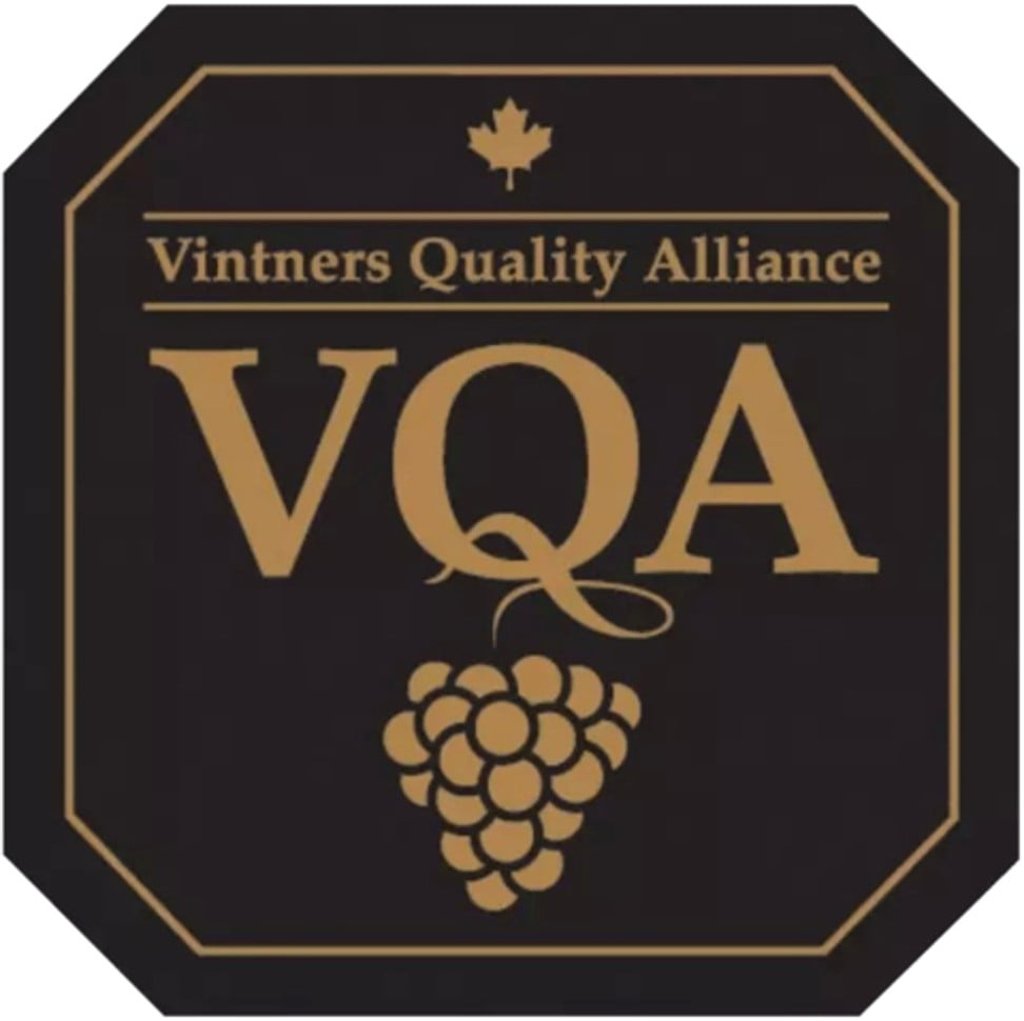The Corkscrew | Canada produces more than just ice wine – unusual grapes grow from British Columbia to Nova Scotia
- In the North American country, a whole world of wines are waiting for their day in the sun

Canada isn’t a country that springs to mind when you think of wines. It is, however, famous for one type – ice wine.
Made from grapes that are frozen naturally at minus 8 degrees Celsius or less for a minimum of 10 days before harvest, ice wines can test a vintner’s patience. The winemaker hopes that the grapes stay on the vine long enough to freeze, and aren’t eaten by birds heading south to warmer climates, or by bears before they go into hibernation.
The grapes are harvested in their frozen state (try wielding sharp secateurs while wearing heavy gloves and winter gear!). They are also pressed while frozen because even though the water inside the grapes freezes, the sugar and other compounds do not. Each frozen grape yields just a few precious drops – only about 10to 20 per cent of the volume of the thawed fruit. Fermentation can take between two and six months. The grapes used to make Canadian ice wine are vidal blanc, gewürztraminer, riesling and cabernet franc.
For oenophiles willing to look beyond ice wines, Canada has a wide range of unusual grapes growing in a variety of regions.
Nova Scotia’s is the smallest (only 400 hectares) region, where two hybrids – l’acadie blanc and seyval blanc – are grown. Other unusual grapes here include geisenheim, marechal foch, leon millot, lucie kuhlmann, baco noir and castel. L’acadie blanc is a hybrid of cascade and seyve-villard created in Ontario in 1953. The flavour profile is close to petit chablis: bone dry, bracing acidity with flavours of crisp green apples and freshly zested lemons and limes.


